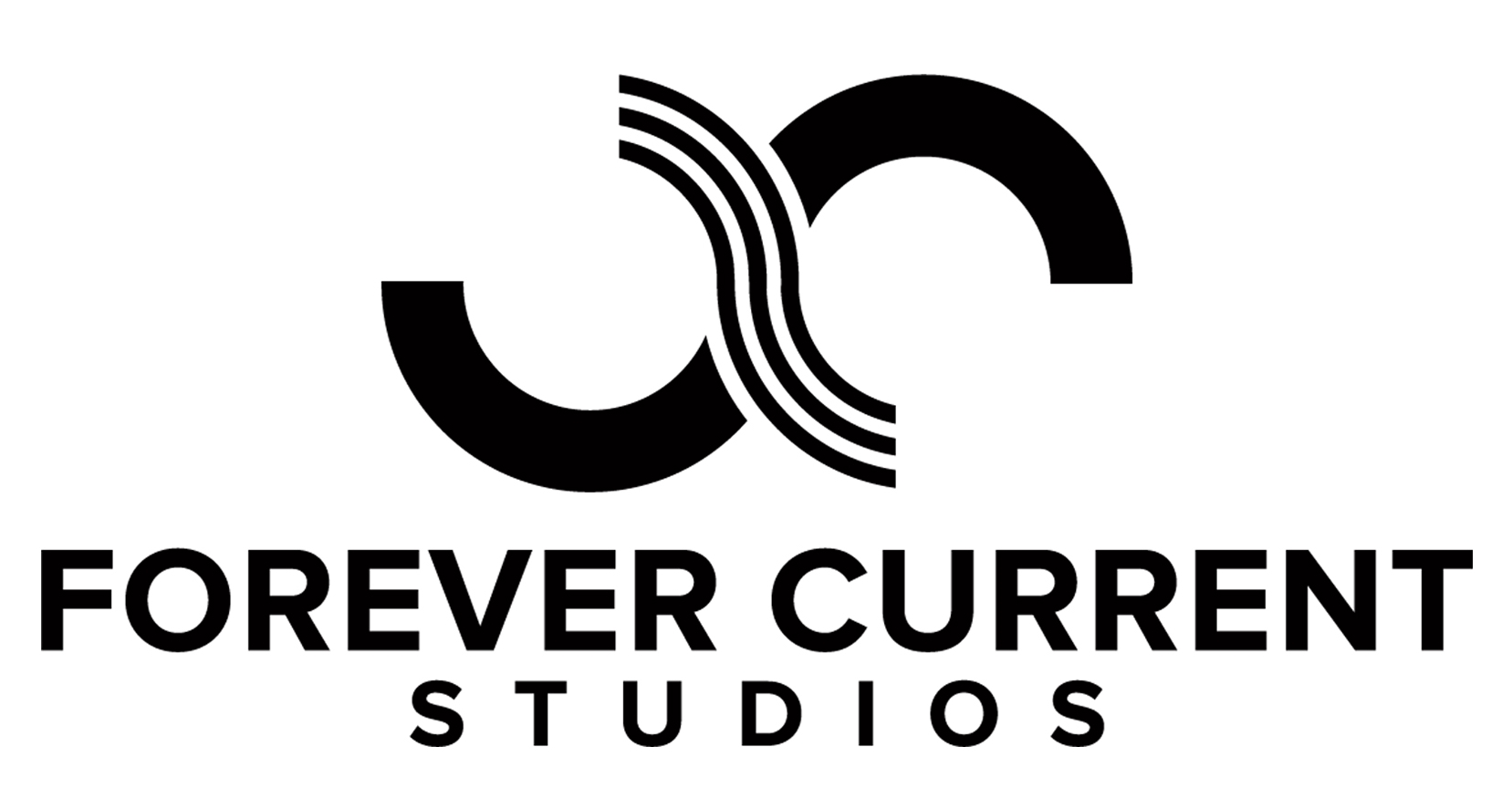RECORDING TIPS
10 RECORDING TIPS
One common phrase in the word of mixing is "You can polish a piece of sh...I mean turd but at the end it'll still be turd" This refers to how well is the song recorded before reaching us mix engineers. There's only so much we can do to rescue a mix. Anyway, I wanted to take the time to offer my top 10 recording tips to help you record at home or to record other artists if you are getting into engineering.
TIP #1 - USE A TEMPLATE
Take the time to create the template you will be using on all of your sessions. In this template you should have all of your routing, busses, processing, and effects already set so when you start a new session, load the templete and now you have everything ready to go.
TIP #2 LOWER THE MUSIC TO -8DB
Most producers typically run their beat through a limiter to make it as loud as possible when sending to the artist. Although this is great for listening purposes, when it comes to recording it limits the amount of volume space left for the vocal to fit in. This space is called headroom. For instance, if you load the beat and start recording, you might have to bring your vocal track up 5-10db just to hear it, limiting the amount of space you have left when it comes time to mix. Next time when you land a beat, immediately drop it to -8db and then you can keep you vocal at 0 or less and have that much more room on the faders to move around later. Remember, you can always turn your speakers up to hear it louder.
TIP #3 WATCH YOUR METERS
Watch the meters on your pre and in your DAW. Just like being aware of the need for headroom for mixing, you also want to have headroom in your preamp meters to account for any loud spontaneous spikes in volume. Try to reach around -4db on the VU meter and you should be alright. Remember, you can always add volume or amplitude to a recording later, but you cannot take away distortion if it’s recorded too loud.
TIP #4 - FIND THE TEMPO AND KEY OF THE SONG RIGHT AWAY
Having the tempo and key at the start of a session will help to immediately be able to add autotune for a signer and effects like delays instantly and on time with the beat.
TIP #5 - LEARN THE HOTKEYS
Hot keys are keyboard shortcuts used to make commands in your DAW without having to go through file and edit menus looking for what you want. For instance in Pro Tools, If I wanted to create a new track I would press the following (Command+shift+n) then (command+ right or left arrow to select between mono or stereo) then (command + up or down to select what type of track to create i.e audio, aux, master fader, VCA, etc) and then tab to name it. That is one example on how to create multiple empty tracks without touching the mouse. When recording high profile clients, TIMING is KEY!
TIP #6 - USE PLAYLISTS
Using playlists is a great way to keep multiple takes of the same line or verse organized and out of the way of the main session view. When recording a verse, record it a few times and using the playlists you can switch out the best parts to create one great vocal comp.
TIP #7 - DON'T DELETE TAKES
Unless it was an obvious mess up, don’t delete takes. Sometimes even one adlib or phrase that came out by accident is going to want to be used. And you will look like a jerk if the artist says “let me hear that take 3 takes ago, there was a dope adlib I want to keep” and you answer back “oh I don’t have it”. Well now you might not have a client either.
TIP #8 - SAVE SAVE SAVE
Accidents happen, and computers and networking isn’t perfect. It’s important to have a habit of hitting (command + s) to constantly save your session between takes.
TIP #9 - USING PRO TOOLS SESSION BACKUPS
To add to the saving tip, one key component of Pro Tools is the ability for it to save session backups automatically. Typically these are saved in increments of 5 minutes but this can be adjusted to 1 minute increments as well. LIFE SAVER.
TIP #10 - LABEL AS YOU GO
Labeling your tracks immediately as there created helps you or the mix engineer later. And you will spend less time doing it right away then waiting til your done an then muting and labeling tracks one by one. There is very few things more annoying to a mix engineer than receiving a session with all of the tracks labeled “Audio Track 1..2..)
That's it! Those are my 10 recording tips for you, although a lot of the details are with Pro Tools in mind, the concepts behind then can be used in any DAW. If there are any other tips you wouldl ike to hear to improve your recordings or mixes from home, send us an e-mail for us to respond to. Thanks!

